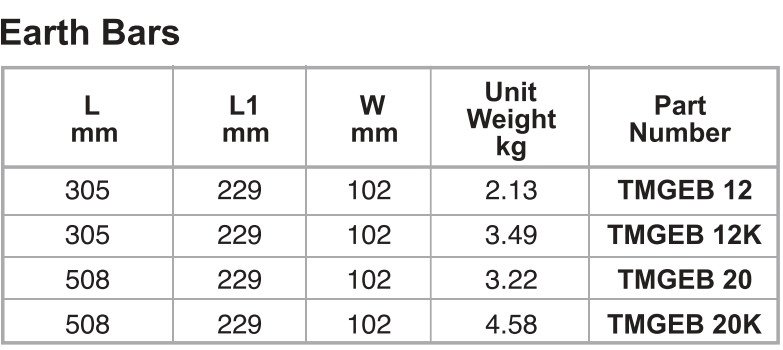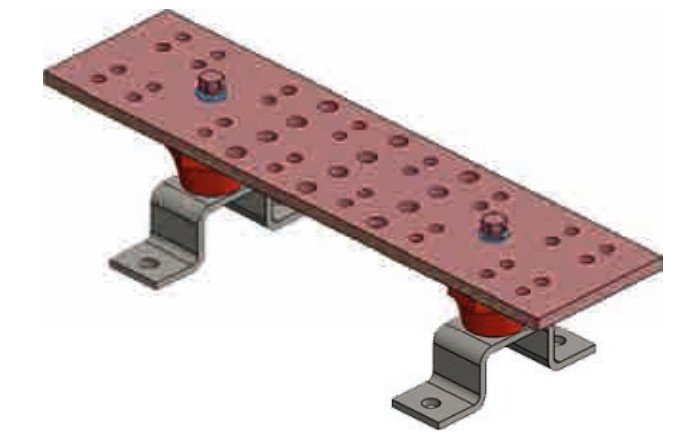Telecommunication Main Ground In Earth Bar
The grounding earth bar, a critical component in telecommunications infrastructure, serves as a central grounding point within a telecommunication room or data center. This essential element ensures the safety, reliability, and functionality of the electrical and data systems housed within the facility. Here’s an expanded look at its significance and role:
Purpose and Functionality
Central Grounding Point: The grounding earth bar acts as a unified grounding point for all telecommunication and electrical equipment within the room. By providing a common reference point, it ensures that all equipment is grounded to the same potential, reducing the risk of electrical interference and potential differences that could lead to equipment damage or malfunction.
Safety: Proper grounding is crucial for the safety of both equipment and personnel. The grounding earth bar helps prevent electrical faults by directing stray electrical currents safely to the ground. This minimizes the risk of electric shock, fire hazards, and damage to sensitive electronic components.
Electromagnetic Interference (EMI) Reduction: Grounding earth bars play a vital role in mitigating electromagnetic interference (EMI). By providing a stable grounding point, they help reduce noise and interference that can affect the performance and reliability of telecommunication equipment.
Equipment Protection: Telecommunications equipment, including servers, switches, routers, and other critical devices, is susceptible to damage from electrical surges and spikes. The grounding earth bar provides a path for excess electrical energy to dissipate safely, protecting valuable equipment from potential harm.
Installation and Placement
Location: Typically installed on walls within a telecommunication room or data center, the grounding earth bar is strategically placed to ensure optimal grounding for all equipment. Its location is chosen to minimize the length of grounding connections and ensure that all equipment can be effectively connected to the central grounding point.
Connection Points: The earth bar is equipped with multiple connection points where grounding wires from various pieces of equipment can be attached. This facilitates a structured and organized approach to grounding, ensuring that each device is properly connected to the central grounding system.
Compliance: The installation of the grounding earth bar must adhere to industry standards and regulations, including those outlined by organizations such as the National Electrical Code (NEC) and the International Electrotechnical Commission (IEC). Compliance ensures that the grounding system meets safety and performance requirements.
Maintenance and Testing
Regular Checks: Routine maintenance and testing of the grounding earth bar are essential to ensure its continued effectiveness. Regular inspections help identify any issues, such as loose connections or signs of wear, and ensure that the grounding system remains in good working condition.
Documentation: Proper documentation of the grounding system, including the earth bar’s installation and maintenance records, is important for troubleshooting and future upgrades. This information helps maintain the integrity of the grounding system and supports compliance with safety regulations.
The grounding earth bar is a fundamental component in telecommunication rooms and data centers, providing a critical grounding point that ensures safety, reduces electromagnetic interference, and protects equipment. Its strategic placement, proper installation, and regular maintenance are key to maintaining a reliable and effective grounding system that supports the smooth operation of telecommunication infrastructure.




